Before I found CrossFit, I had never seen a kipping pull-up. I had never heard of any other style of pull-up besides a strict, dead-hang pull-up. I remember watching videos of CrossFit workouts on YouTube and seeing athletes rocketing through sets of pull-ups, tearing their hands to pieces and I wanted in.
While all athletes are different, I developed a kipping pull-up before I had the strength to complete a dead hang pull-up. I have heard coaches recommend that the strict pull-up serve as a pre-requisite to the kipping pull up progression out of concern for athletes injuring themselves on the more ballistic movement.
I respect this decision, but have found that I can safely develop an athlete’s mechanics in the kipping pull-up while simultaneously increasing their pulling strength with assisted strict pull-ups and other accessory exercises.
In my opinion, the kipping pull-up is so much more a skill of coordination than it is strength. Learning how to control your body through this movement (and not just spaz out while holding onto the bar) will make it much more efficient in workouts as well as protect you from injury.
I have broken the movement down into 3 pieces that I see most athletes struggle with if they are new to the kipping pull-up.
Body position
Kind of a catch-all term for beginning and executing all good athletic movement, but for athletes who just jump on the bar and start flailing around, this is an important piece that they’ve missed.
From a performance standpoint, my gymnastics coaches have always reminded me that with every angle your body creates (shoulder joint, spinal vertebrae, hip joint, knee joint, ankle joint…) you are leaking power.
You need to channel your inner gymnast (for help with this, just watch my favorite movie “Nadia” about 2000 times) and be disciplined with your position from hands to feet.
Work on developing a controlled kip swing that starts from the hands, keeping straight arms, and generating power through the shoulders. Keeping your abdominals and spinal erectors engaged through full body flexion and extension (think hollow body and superman), you should be able to stay long and still create speed and power in this movement.
Speed and power
Speaking of such things as speed and power, this is another area I see many athletes miss the mark. In steps 2 AND 3 of the kipping pull-up progression, athletes need to accelerate through the middle in order to elevate their whole body towards the bar.
Once the initial kip swing is establish, step 2 is the point where the athlete must close his hip angle in order to set himself up for the violent kip to come in step 3. This closing of the hip is often done with little to know upward momentum, resulting in a poor set-up position for the kip and a much further distance for the athlete to travel.
I remind my athletes that when they close their hip in this movement, it needs to be an acceleration from the controlled kip swing, wherein I encourage the athlete to think like they are kneeing someone in the face (violence is a great coaching tool).
While this step can be performed with straight legs as well, I find that athletes who are new to the kipping pull-up are lacking that speed in closing the hip and raising their center of mass, so by allowing a fast “knee to the face” type of move, I can get them to understand this better.
Hips not arms
Lastly, a common mistake in learning the kipping pull-up is pulling with the arms before fully utilizing the power of the hip.
Much like the Olympic lifts of the clean and the snatch, we need to be patient and keep the arms straight until the hip drive has created a moment of weightlessness on the bar, before pulling ourselves underneath the weight. With the kipping pull-up, that moment of weightlessness is now happening to your body and the very last piece is a quick arm pull to finish the movement.
Strong athletes who want to muscle this movement will find their arm strength reaching it’s limits in high rep workouts like “Angie” and “Murph.” To fix this problem with any athlete you need to work on their timing and coordination.
I might have them work on developing a strong and fast kip swing into step 2, making sure they can keep their arms straight the entire time. I have also had athletes take that one step further and with straight arms, I would allow them to rapidly open their hip after closing it in step 2. This can feel strange but will remind the athlete to “pop the hip” first, pull with the arms second.
Overall the kipping pull-up is a great starting point for learning how to complete kipping ring or bar muscle ups, kipping dips, and even kipping handstand push-ups.
The body position, speed through the kip, and mechanics of the hips first and then the arms are consistent pieces regardless of your body’s orientation or the equipment you are using.
Practice these pieces, include kipping pull-up progressions in your warm-ups or cool-downs and you will see the carryover to other parts of your training.
The Butterfly Effect
Because I always get the question from my athletes “what about the butterfly pull-up?” I want to address a few things.
First, if you cannot show me a correct and efficient kipping pull-up and your body keeps defaulting to the butterfly pull-up, I do not consider you an accelerated athlete, I see this as a problem and a big whole in your game.
I love butterfly pull-ups and I use them often, but I also continue to refine my kipping pull-ups and kipping chest to bar pull-ups on a weekly basis.
There is little to no transference from any part of the butterfly pull-up to other movements. Yes it is fast and efficient, but using the butterfly pull-up should not come at the expense of your kipping pull-up.
If you are a rampant butterflyer, put yourself to the test:
10 butterfly pull-ups
followed immediately by
10 kipping pull-ups
Have a coach watch your technique and make sure they can clearly discern between the two movements. If you can’t switch back to the kipping pull-up seamlessly, or if your kipping technique is not sound, then you are lacking coordination and need to train your kipping pull-up more.






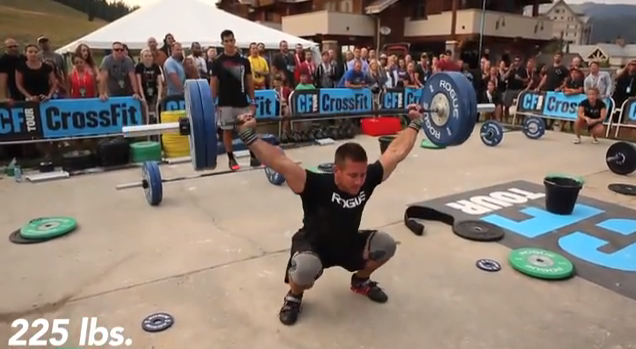
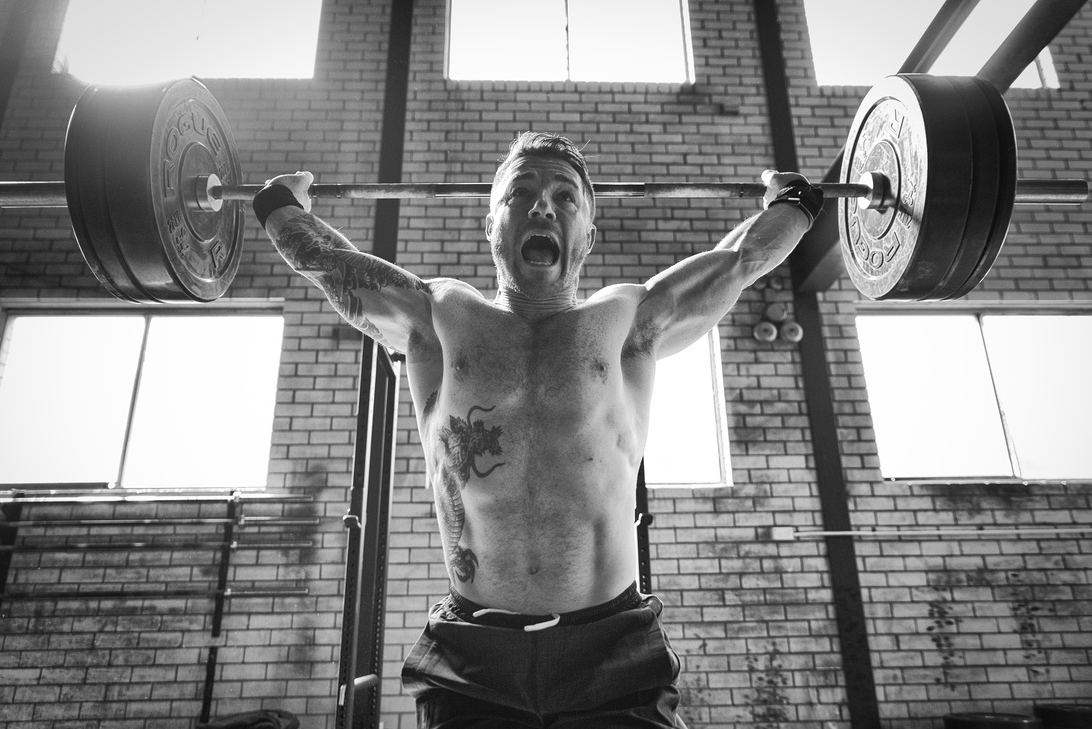
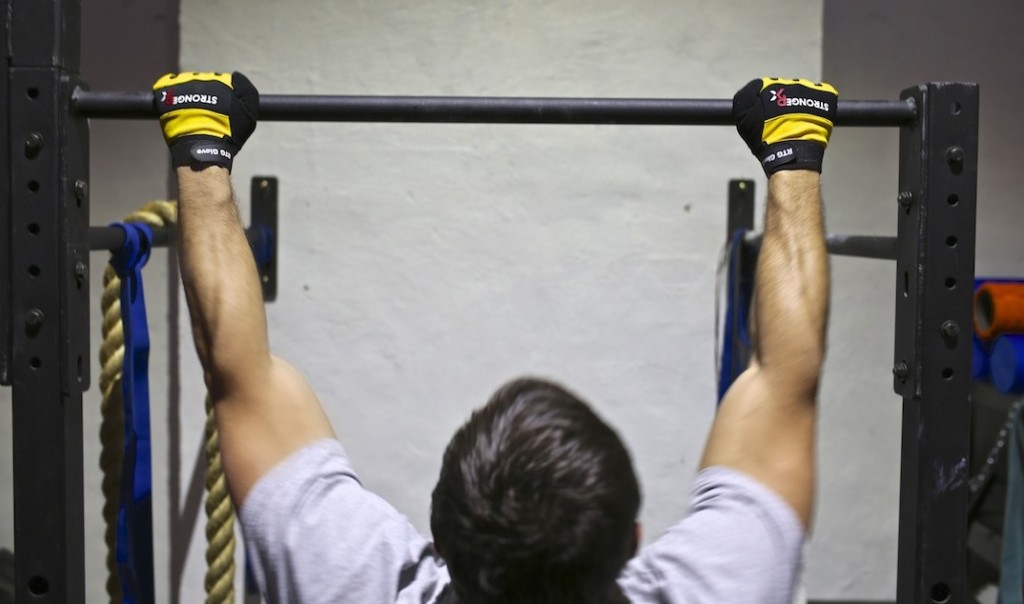
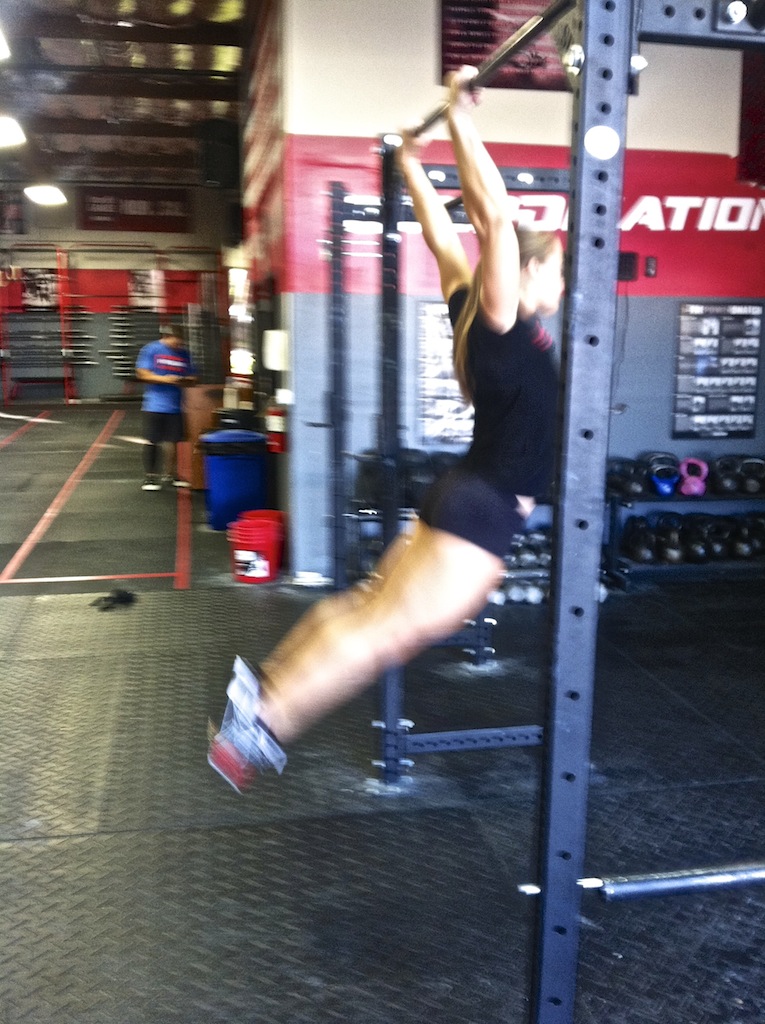
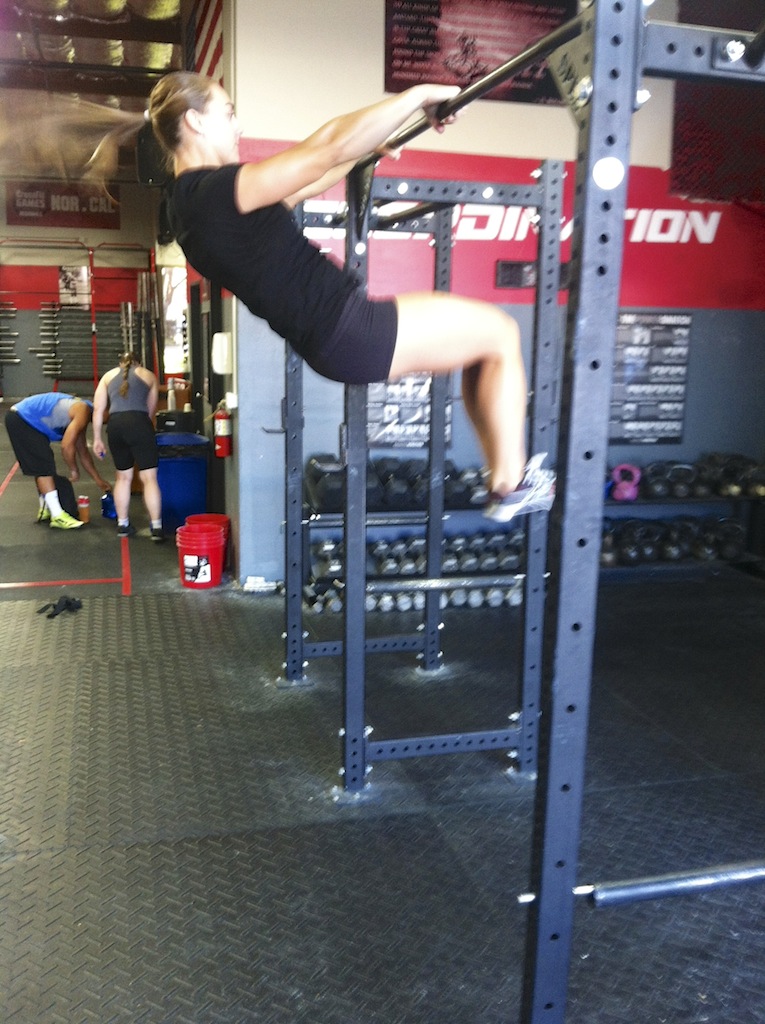
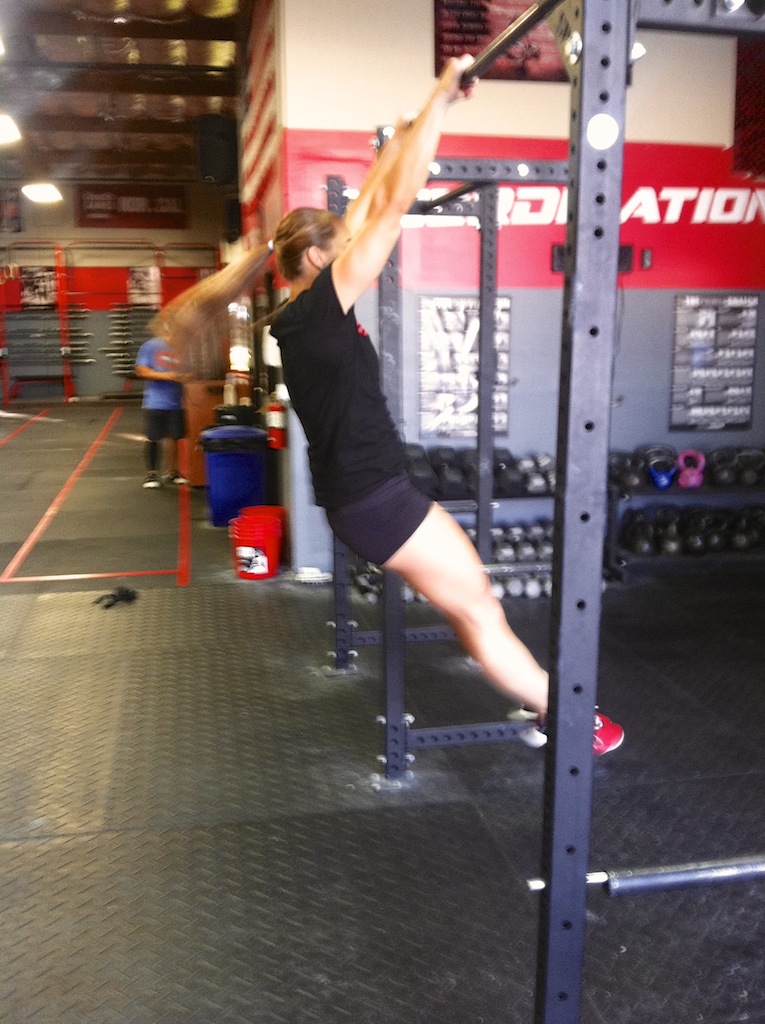


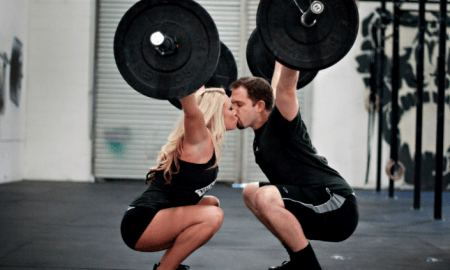

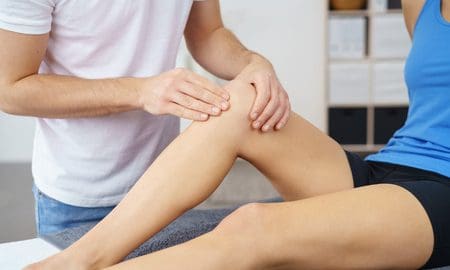

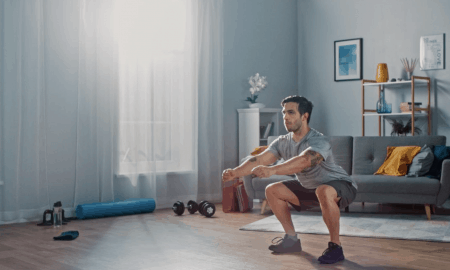
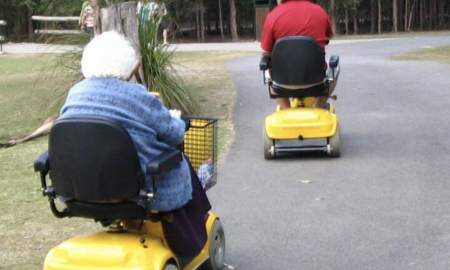


Follow Us